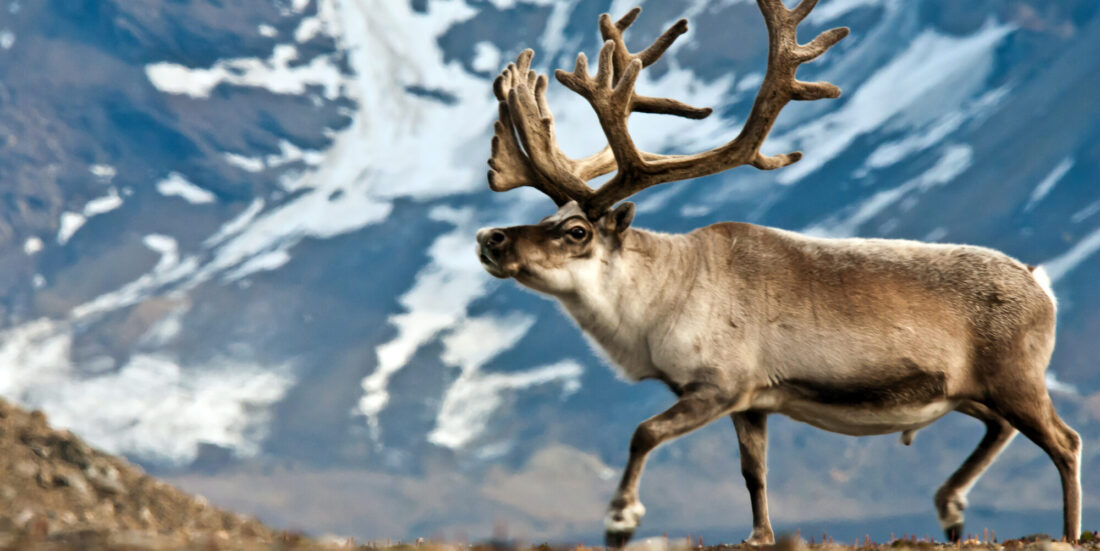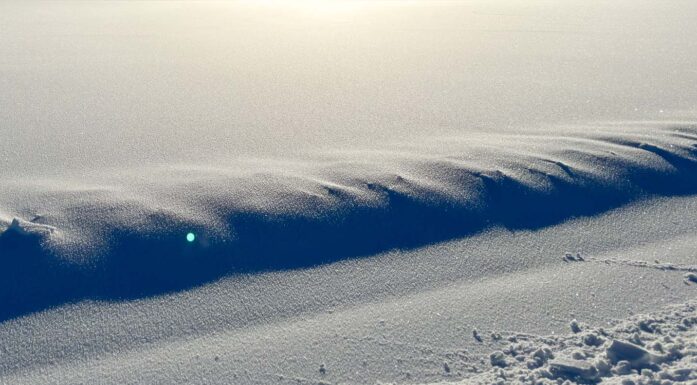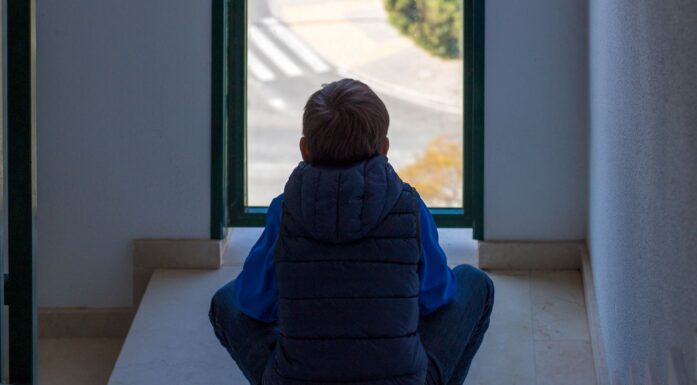These reindeer survived, isolated for 7000 years — but will they survive climate change?
Despite inbreeding and limited genetic diversity, the Svalbard reindeer has managed to adapt to extreme living conditions in record time — what researchers call a genetic paradox. But can they survive climate change?
“Of all the subspecies of reindeer found in the high north, the Svalbard reindeer has the most inbreeding and the lowest genetic diversity,” says Nicolas Dussex, a postdoc at NTNU’s Department of Natural History.
It was only 7000-8000 years ago that the first reindeer migrated to Svalbard, most likely from Russia via Novaya Zemlya and the islands of Franz Josef Land.
Perhaps there were no more than a few animals that established themselves on the arctic archipelago. Evolutionary theory suggests this is a poor starting point since inbreeding can quickly lead to an accumulation of harmful mutations and genetic variants followed by disease and death.
Rapid adaptation to an extreme environment
But this has not prevented the Svalbard reindeer from evolving into what is today a viable population of over 20,000 animals.
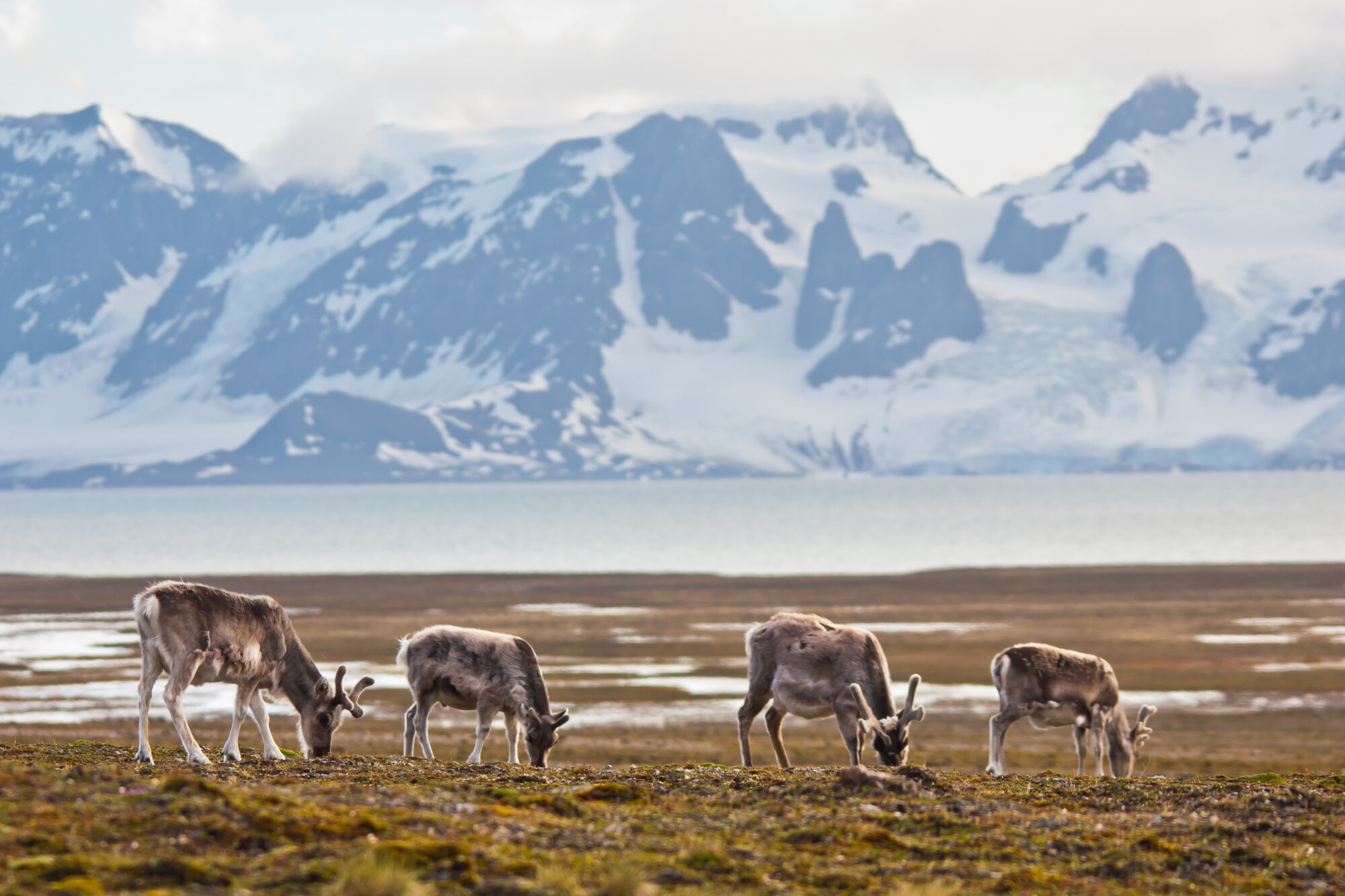
Among their many adaptions, the Svalbard reindeer have developed the ability to digest moss instead of lichen. Photo: Bart Peeters.
“Despite the low genetic diversity, they have managed to develop a number of adaptations to life in the High Arctic. They are, for example, smaller in size and have shorter legs than other northern reindeer and caribou subspecies,” says Dussex.
The ability to digest mosses in the absence of lichens, and to adjust their circadian rhythm to the extreme seasonal variations on Svalbard, are also traits the Svalbard reindeer have developed over the relatively short time they have lived isolated on the archipelago. Now, researchers at NTNU and collaborating institutions have analyzed genetic samples from 91 reindeer to see how they differ from their relatives on the mainland.
“Populations living on isolated islands are often small and are well-suited studying genetic problems. The Svalbard reindeer has been isolated for at least 7000 years and has a very high degree of inbreeding. In addition, they were nearly extinct in the early 1900s due to excessive hunting,” says Michael D. Martin, a professor at NTNU’s Department of Natural History.
Getting rid of harmful mutations
This near-extinction, where only a few individuals with their unique genetic variants survive, is called a bottleneck in population biology.
“In this case, we are dealing with a population that suffers from a high degree of inbreeding, which is usually bad news for a small population. But inbreeding can also help a population to get rid of harmful mutations, a phenomenon technically called ‘purging’,” says Martin.
In a population with a high degree of inbreeding, offspring are more likely to inherit harmful mutations from both mother and father. Therefore, these “dangerous” mutations more quickly manifest in the form of genetic diseases and poorer health. Offspring carrying these mutations become less “fit”, and they will either die before they have the chance to reproduce or they will have fewer offspring. Consequently, these dangerous mutations are less likely to be passed on to subsequent generations.
“Paradoxically, in the long run, inbreeding can be beneficial,” says Dussex.
- You might also like: A tiny arctic shrub reveals secrets of plant growth on Svalbard
Punctuated evolution or steady and continuous?
Similar phenomena have been observed elsewhere in nature. In New Zealand, Kakapo parrots (Strigops habroptilus), which had lived isolated on the islands for at least 10,000 years, became endangered after the arrival of non-native species brought to the islands by humans.
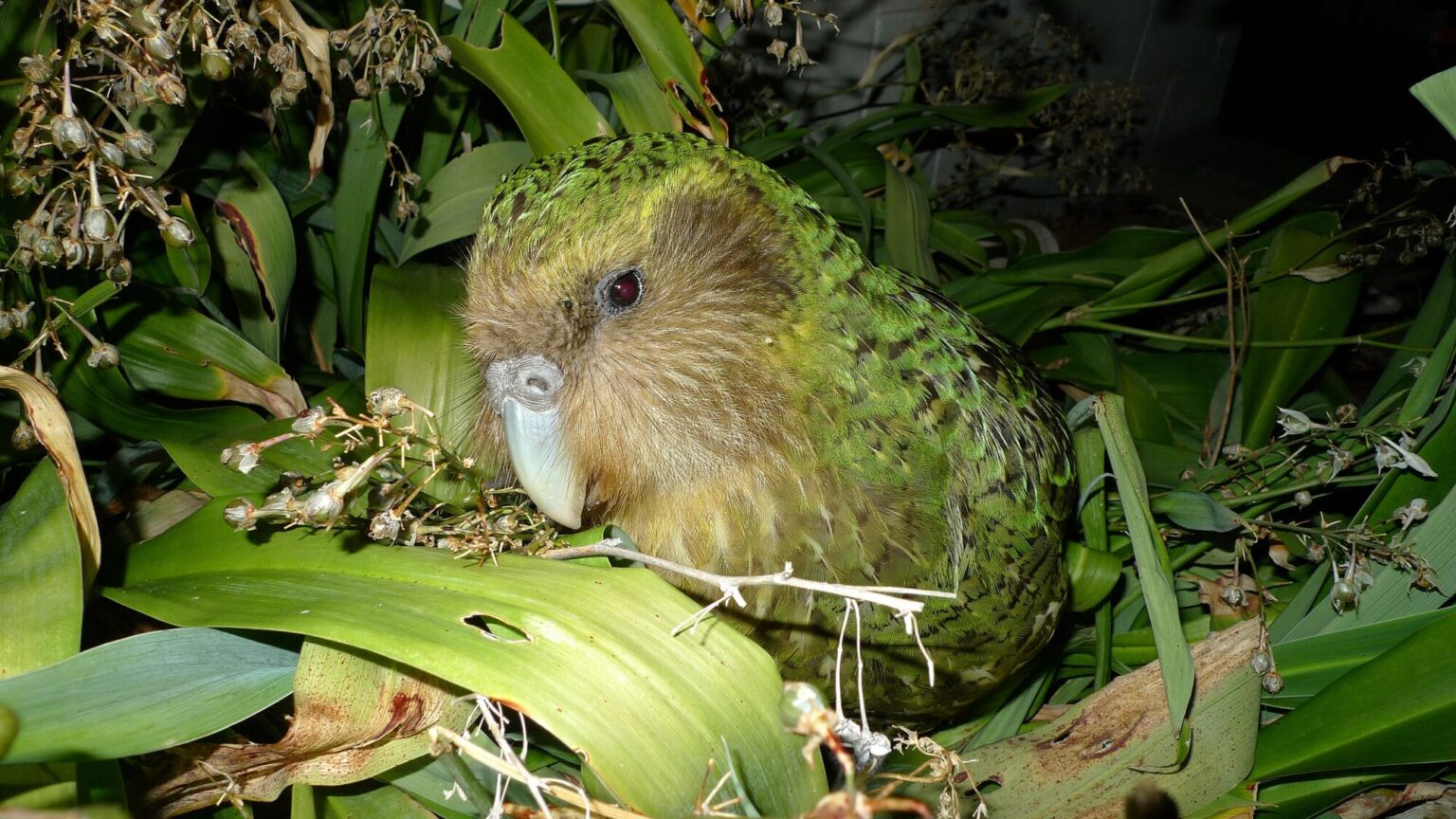
Harmful gene variants have disappeared from the kakapo parrots in New Zealand. Researchers believe the cause is inbreeding over time. Photo: Chris Birmingham / CC BY 2.0.
In 1995, there were only 60 individuals left, but today the population has grown to around 200. Here too, Dussex and his colleagues found that harmful genetic variants had disappeared from the population thanks to a long period of inbreeding.
“This is important knowledge when it comes to population management. The fact that the Svalbard reindeer is in relatively good genetic condition considering harmful mutations, is good news,” says Brage Bremset Hansen, professor of conservation biology at NTNU’s Department of Biology and Center for Biodiversity Dynamics. Hansen is also a senior researcher at the Norwegian Institute for Nature Research (NINA).
This knowledge about the Svalbard reindeer can also change the way researchers study the effects of genetic bottlenecks, Dussex said.
“What we still do not know enough about is how quickly such harmful mutations are selected against. We will continue to work on this, using DNA samples collected from bone remains and antlers of animals that lived several thousand years ago. This way, we can see whether these mutations have disappeared quickly over a few centuries or if it has happened gradually over several thousand years,” he said.
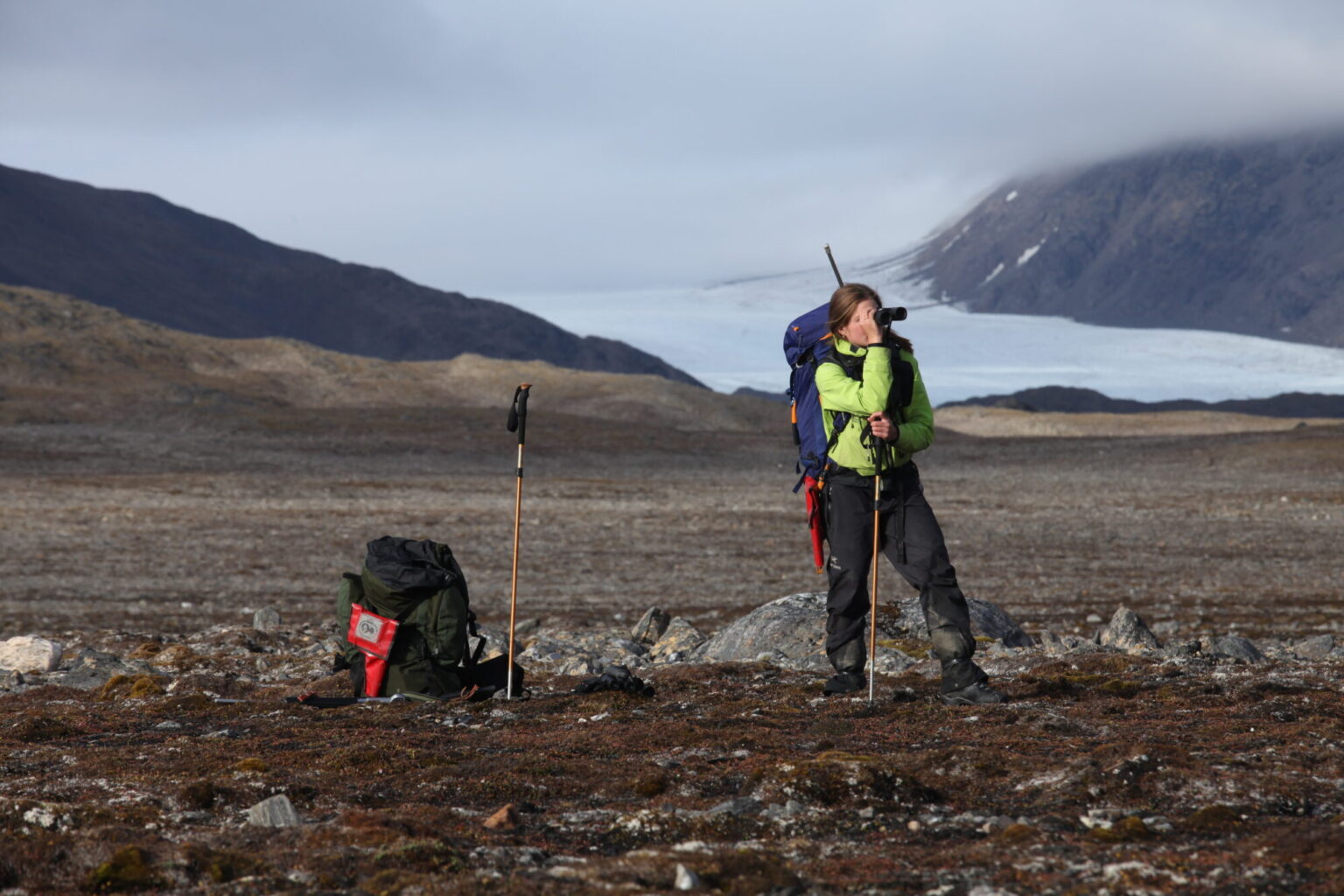
Mathilde Le Moullec is one of the researchers who collected bone samples from reindeer on Svalbard. Photo: Brage Bremset Hansen, NTNU
The researchers are also very interested in examining the development of beneficial mutations, which have allowed the Svalbard reindeer to adapt to the unique ecosystem.
“This is a ‘work in progress’,” says Martin, who also worked closely with researcher Mathilde Le Moullec, who did the fieldwork to collect most of the bone samples from various locations on Svalbard.
- You might also like: Santa Claus take note: Winter is coming but get yourself a raincoat.
Climate change may be too fast
It is far from certain that the Svalbard reindeer will be able to adapt as well to the rapid changes that result from global warming. The adaptations the reindeer have developed for the extreme arctic climate may fall short as the archipelago is now rapidly warming, which is changing both snow cover and vegetation.
“Global warming is causing Svalbard’s climate to change faster than anywhere else in the world. Even though our results show that the Svalbard reindeer managed to adapt relatively quickly to a completely new environment after they colonized the islands, they might have trouble adapting to today’s rapid warming. They may have simply lost too much genetic variation,” says Hansen.
This also applies to other terrestrial animals that have limited opportunities to move as climate change makes life difficult for them.
“But this work now provides us with a better basis for understanding how quickly species can adapt to new environments,” says Martin.
Reference:
Adaptation to the High-Arctic island environment despite long-term reduced genetic variation in Svalbard reindeer. Nicolas Dussex, Ole K. Tørresen, Tom van der Valk et al. iScience VOLUME 26, ISSUE 10, 107811, OCTOBER 20,2023. DOI:10.1016/j.isci.2023.107811
